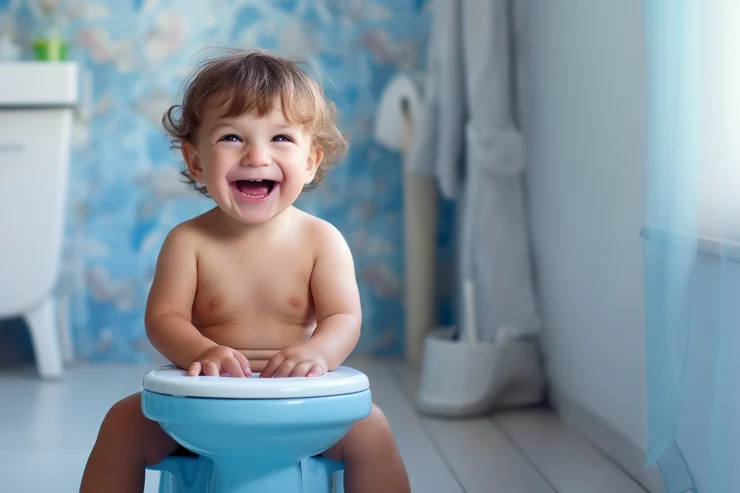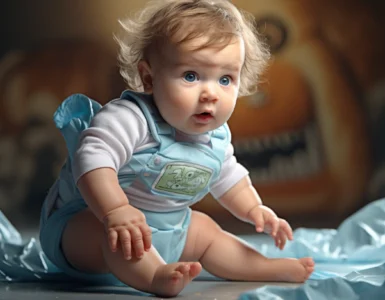Potty training marks a significant milestone in a child’s development and is a rite of passage for both parents and toddlers. This process, while sometimes challenging, is a crucial step toward fostering independence and self-care in young children. A thoughtful and patient approach to potty training can make this transition smoother for both the child and the parents.
Readiness Signs
Potty training should commence when the child displays signs of readiness. These signs may include staying dry for longer periods, expressing discomfort with dirty diapers, or showing an interest in the toilet. Recognizing these signals is pivotal in determining the appropriate time to start the training process.
Introducing the Concept
The introduction of the potty training concept should be approached with positivity and simplicity. Using age-appropriate language, parents can explain the importance of using the potty and how it’s a big step toward becoming a “big boy” or “big girl.” This initial conversation sets the tone for the entire training process.
Selecting the Right Equipment
Investing in the right equipment, such as a child-sized potty chair or seat reducer for the regular toilet, is essential. This creates a comfortable and child-friendly environment, making the child feel more at ease during the training sessions.
Establishing a Routine
Consistency is key in potty training. Establishing a regular routine, such as encouraging the child to use the potty after meals or before bedtime, helps create a predictable and familiar schedule. Routine provides a sense of security and reinforces the expectation of using the potty regularly.
Positive Reinforcement
Positive reinforcement plays a pivotal role in motivating the child. Celebrating small achievements, whether through praise, clapping, or small rewards, reinforces the desired behavior. This positive approach fosters a sense of accomplishment and encourages the child to continue practicing this newfound skill.
Modeling Behavior
Children often learn by example. Allowing them to witness family members using the toilet can demystify the process and make them more comfortable with the idea. Modeling appropriate behavior creates a supportive environment for learning.
Dress for Success
Dressing the child in clothes that are easy to remove promotes independence. This simple step empowers the child to take charge of the potty process, enhancing their confidence.
Patience and Understanding
Accidents are inevitable during the potty training journey. Maintaining patience and understanding is crucial. Reacting calmly to accidents and avoiding frustration creates a positive atmosphere, encouraging the child to persevere.
Potty training is a developmental milestone that requires a thoughtful and patient approach. By recognizing readiness signs, introducing the concept positively, selecting appropriate equipment, establishing a consistent routine, and using positive reinforcement, parents can navigate this journey with their child successfully. The art of potty training is not just about achieving dryness; it’s about nurturing a sense of independence and confidence in our young learners as they take their first steps towards self-care.
FLUSH AWAY WORRIES, MASTER THE ART































